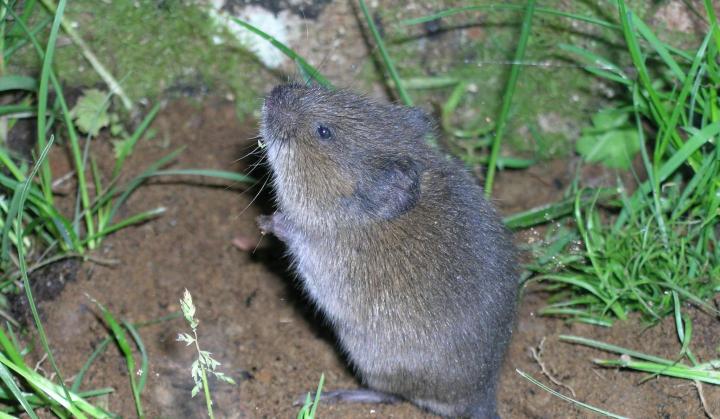Understanding Vole Yard Damage and Just How to Battle It
Comprehensive Guide to Reliable Vole Pest Control: Problem Identification and Treatment Techniques
In the realm of effective bug control, vole infestations pose a distinct difficulty that demands a tactical strategy. By exploring the subtleties of vole actions, understanding crucial indicators of infestation, and assessing a variety of control options, one can develop a thorough approach to fight these evasive parasites.
Understanding Vole Behavior
Vole behavior is defined by their burrowing habits and rapid reproduction rates, making them a difficult parasite to regulate effectively. These tiny rodents normally develop detailed passage systems underground, using them for shelter, food storage space, and transportation. Voles are herbivores, taking in a variety of plants, yards, origins, and bulbs, which can cause significant damage to yards, orchards, and yards. Their fast reproductive rate further complicates control efforts, with females with the ability of producing multiple clutters in a solitary year, each containing numerous spawn.
Voles are most energetic during the morning and night hours, spending most of their time foraging for food. Their tunneling practices not just disrupt lawns and yards however likewise make them challenging to detect and get rid of. Recognizing vole habits is important for effective parasite control methods. By identifying their burrow places, keeping an eye on feeding areas, and carrying out targeted control approaches, such as capturing or habitat adjustment, vole infestations can be handled efficiently.
Indications of Vole Problem

Avoidance Methods
Carrying out efficient avoidance approaches is crucial in minimizing vole infestations and protecting plants from their devastating feeding routines. To stop vole infestations, it is important to start by eliminating prospective food sources and sanctuary.
Frequently checking the residential or commercial property for indications of vole task, such as runways and delve openings, is critical for very early detection and punctual activity. If vole task is suspected, think about utilizing repellents or catches purposefully put near their paths. Using all-natural predators like owls or snakes can also assist maintain vole populations in check. By applying a mix of these avoidance approaches, garden enthusiasts and property owners can efficiently secure their plants from vole damages.
Non-Lethal Control Techniques
To successfully take care of vole populaces while focusing on gentle techniques, non-lethal control approaches provide practical remedies for decreasing vole damage in landscapes and yards. redirected here One effective technique is making use of physical barriers such as hardware fabric or cable mesh to protect at risk plants. see this here These barriers can be buried a minimum of 12 inches bent and deep at a 90-degree angle to protect against voles from delving underneath. In addition, environment adjustment can hinder voles by lowering their chosen food sources and hiding areas. Maintaining a well-mowed grass, getting rid of debris, and maintaining greenery cut can make the environment less appealing to voles.

Lethal Control Options
One reliable method for resolving vole problems in landscapes and gardens involves the calculated use of deadly control choices. When faced with a severe vole invasion that non-lethal approaches have failed to consist of, implementing dangerous control procedures becomes essential. In general, when employing lethal control choices, it is important to do so sensibly and in accordance with local guidelines to properly take care of vole invasions.
Final Thought
Finally, effective vole parasite control calls for a comprehensive understanding of vole actions, recognition of indicators of infestation, implementation of avoidance techniques, and use of both lethal and non-lethal control approaches. By integrating these strategies, people can efficiently take care of vole populaces and protect their property from damages. It is necessary to address vole infestations without delay to stop more issues and decrease the effect on the surrounding atmosphere.
Provided the intricate tunnel systems and fast recreation prices particular of voles, acknowledging the signs of vole invasion comes to be important in page efficient insect control. One of the main indicators of vole presence is the presence of surface area runways or tracks in turf or snow, commonly regarding 1-2 inches vast, developed as voles take a trip in between their burrows and food sources.To effectively handle vole populaces while focusing on gentle techniques, non-lethal control techniques supply practical options for reducing vole damage in landscapes and yards.One effective approach for attending to vole infestations in landscapes and yards includes the calculated usage of lethal control options. vole yard damage.In conclusion, reliable vole insect control requires a thorough understanding of vole actions, identification of indications of invasion, implementation of prevention strategies, and application of both dangerous and non-lethal control techniques